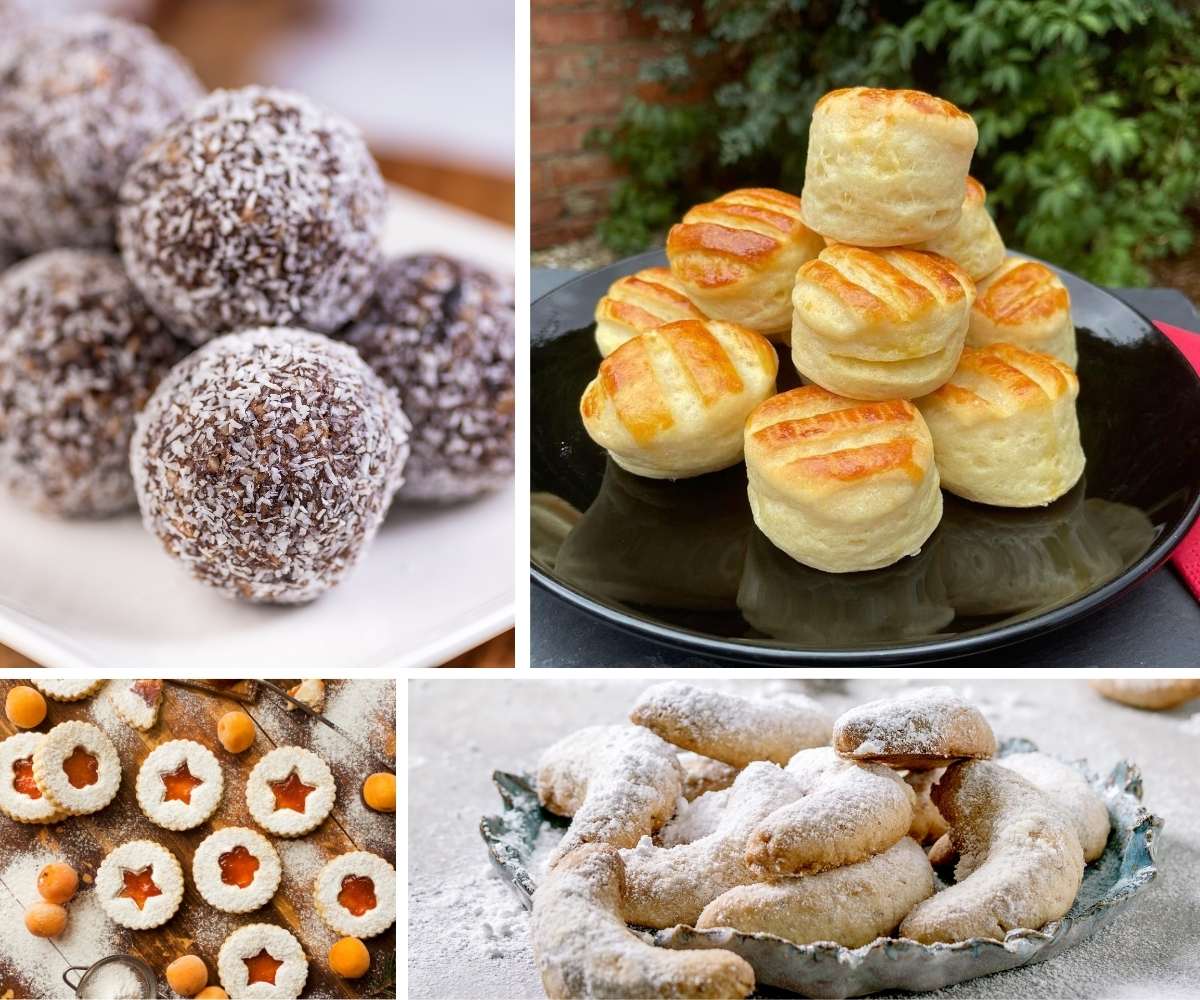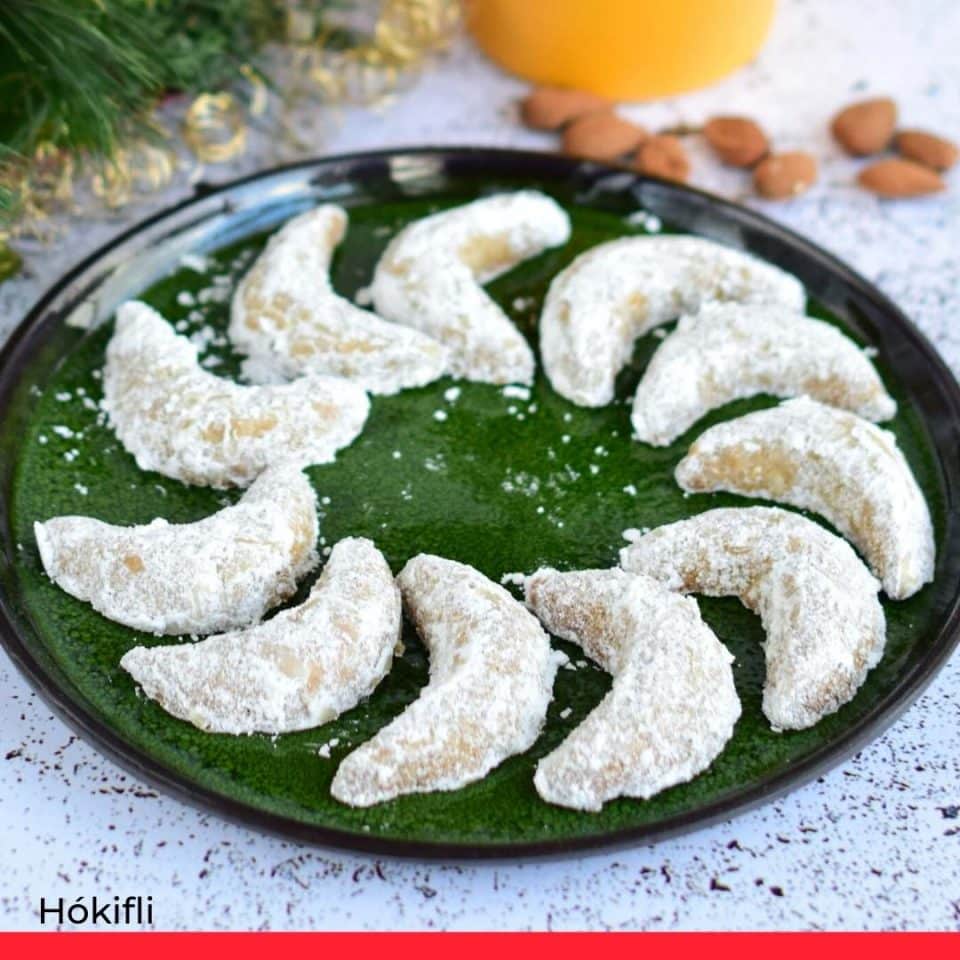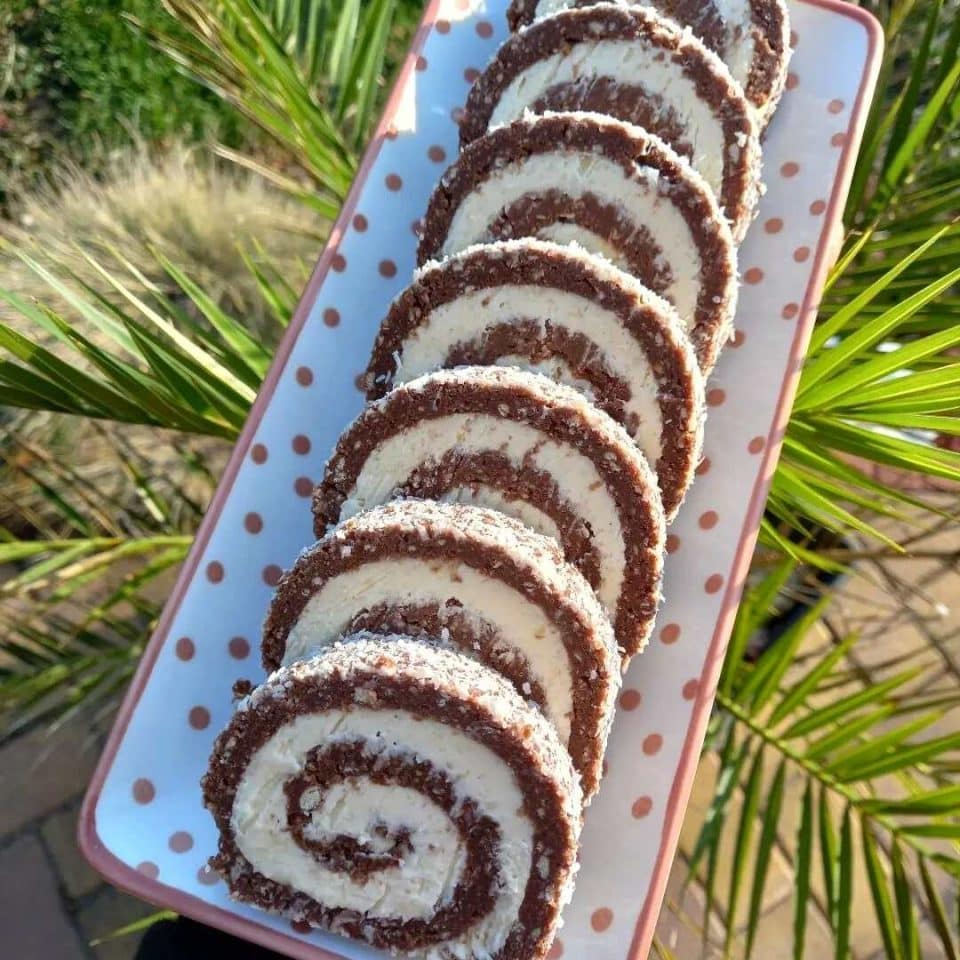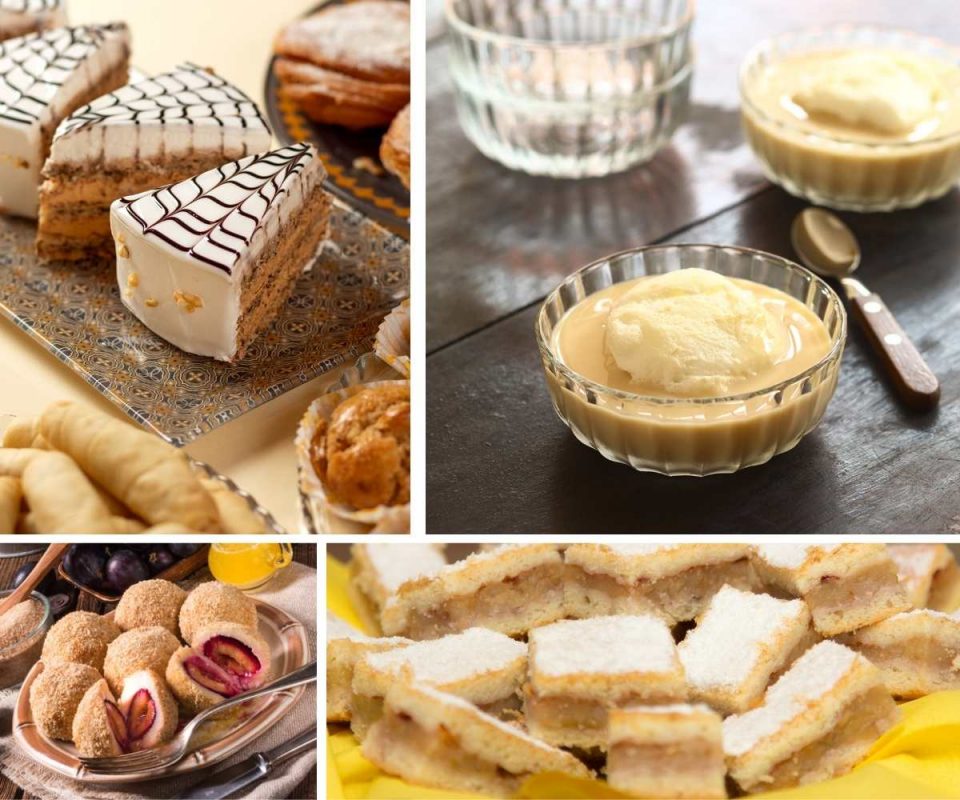12 Hungarian Cookies (Sweet & Savory)

Hungarians are famous for feeding their guests (and offer a shot on the side). Their cuisine was influenced by history, the various occupations of the country and, of course, it has a lot of soul.
A Hungarian wedding or traditional party cannot happen without sweet and savory treats. Nowadays, thanks to the globalization, macaroons and brownies find their way in too, but have no fear, the old school cookies will always have a place in the nation’s heart (and stomach).
So let’s round-up some of the most popular Hungarian cookies, both sweet and savory.
1. Pogácsa

This is a staple piece of every party. The base of this round savoury cake is a yeasted dough that has to be prepared ahead to give it time to rise. There are various versions of pogácsa, with or without cheese, with bacon or potato or even with sheep’s cheese or cabbage.
It is typical treat in the Carpathian basin, the Balkans and Turkey.
The most common in Hungary is the one with cheese on top, cut small. (they often use a shot glass for the job). It is excellent to accompany drinks, as an appetizer or just to have as a snack.
2. Sajtos rúd (cheesy stick)

As its name suggests, this other savoury favourite is a stick-shaped cookie, with cheese on top. The dough is crumbly and butter based.
The perfect sajtos rúd is crumbly but melts in the mouth. You can add sesame seeds or other extras on top. Be prepared that it’s very hard to stop eating them.
3. Sajtos roló (cheesy cream roll)

There’s no stop to the cheese! This is another classic savoury pastry. The concept is similar to the Sicilian cannelloni, but the dough is puff pastry.
It is filled with creamy cheese and has grated cheese on both sides. Golden on the outside, soft inside, if made well a very delicious savoury treat.
4. Sajtos perec (pretzel)

This is a typical savoury treat made from yeasted dough, and for every Hungarian brings back memories of markets, amusement parks and zoos, as these are the typical places where they sell them. However, a smaller version is perfect for parties or complement drinks or just as a snack.
The perec is crispy on the outside and soft inside, sprinkled with coarse salt and sometimes caraway seeds.
5. Sörkifli (crescent-shaped pastry)

If you go to any bakery in Hungary, you can see rolls, as well as crescent-shaped bread. The origin of the name comes from the Austrians.
It is said that the first kifli was made in Vienna, inspired by the shape of the occupying Turkish crescent moon. Various types of kiflis accompanied gentlemen’s coffees in the famous coffeehouses of Budapest.
This particular type, named beer kifli is small and soft, a popular snack or party treat. The dough is made with yeast, eggs and milk, formed in small crescents, same style as croissants and sprinkled with sesame seeds.
6. Linzer

This simple, but delicious cookie was created in Ruszwurm, the oldest patisserie of Hungary (it still exists in the area of the Castle of Buda).
The cookie was named after a soldier in the 1848 revolution against Austria, Rudolf Linzer. It is traditionally a flower shaped biscuity type treat, two layers with jam in-between, the top biscuit has a hole. Children (and some adult ) often leave this part last as it has the most jam.
There are variations with nuts or chocolate, but the original linzer only has jam.
7. Isler

The name of the cookie comes from Bad Ischl, a small holiday town in Austria, where Franz Joseph got engaged to Elizabeth. Legend says it was created for his honor; however, the truth is that it was born 100 years later.
The cookie has crumbly dough, two biscuit layers covered with chocolate, and there are varieties in the filling. In Hungary, the one filled with jam, covered with chocolate, became the most popular.
8. Hókifli (snow kifli)

The kifli is back in a sweet form. This is a very common party treat, a sugar-coated (hence the name) crumbly, crescent-shaped cookie, made from the same dough as linzer.
They often fill it with jam or mix nuts in the dough. It is typical around Christmas, but you can find it all year around!
9. Néro teasütemény (nero cookie)

This was a very popular cookie when someone was expecting guests for a tea party. In Hungarian, it is literally called a tea-cookie.
Easy to make, takes about an hour to whip up, decorative and yummy. The soft cookies are formed with a piping bag and stack together with jam. The final touch is to decorate them with chocolate.
10. Mézeskalács (ginger bread)

Hungarian ginger bread has German origins, but it became an important craft with time. Gingerbread masters had their own cutters.
These were family heirlooms, through generation to generation. There are various type of ginger bread, with or without icing. In the markets they used to sell these beautifully decorated hearts (often with little mirrors) that young people gave to their chosen ones.
Today gingerbread making is the part of preparation for Christmas, just like in other countries.
11. Kókuszgolyó (coconut ball) and Keksztekercs (biscuit roll)

These last two are the odd ones out, because they are not baked, and I wouldn’t call them cookies. But we cannot talk about traditional party favourites without mentioning them. The base of both is very similar, finely milled plain biscuits mixed with butter, cocoa powder and additional sugar, sometimes juice of a cherry compote or even rum.
When they are preparing the kókuszgolyó, they form balls from the dough, and there is a version with cherry in the middle, or simply as it is. Finally, they roll them in desiccated coconut and put them in the fridge. A simple, quick, no bake sweet treat.

The making of the keksztekercs is slightly more complicated, as the dough rolled out about a finger thick, and filled with a buttery cream, then rolled up and covered with desiccated coconut. After cooling, it is easy to slice and plate them.
Related: Most Popular Hungarian Christmas Food

Related: Traditional Hungarian Dishes

Related: Tasty Hungarian Desserts


